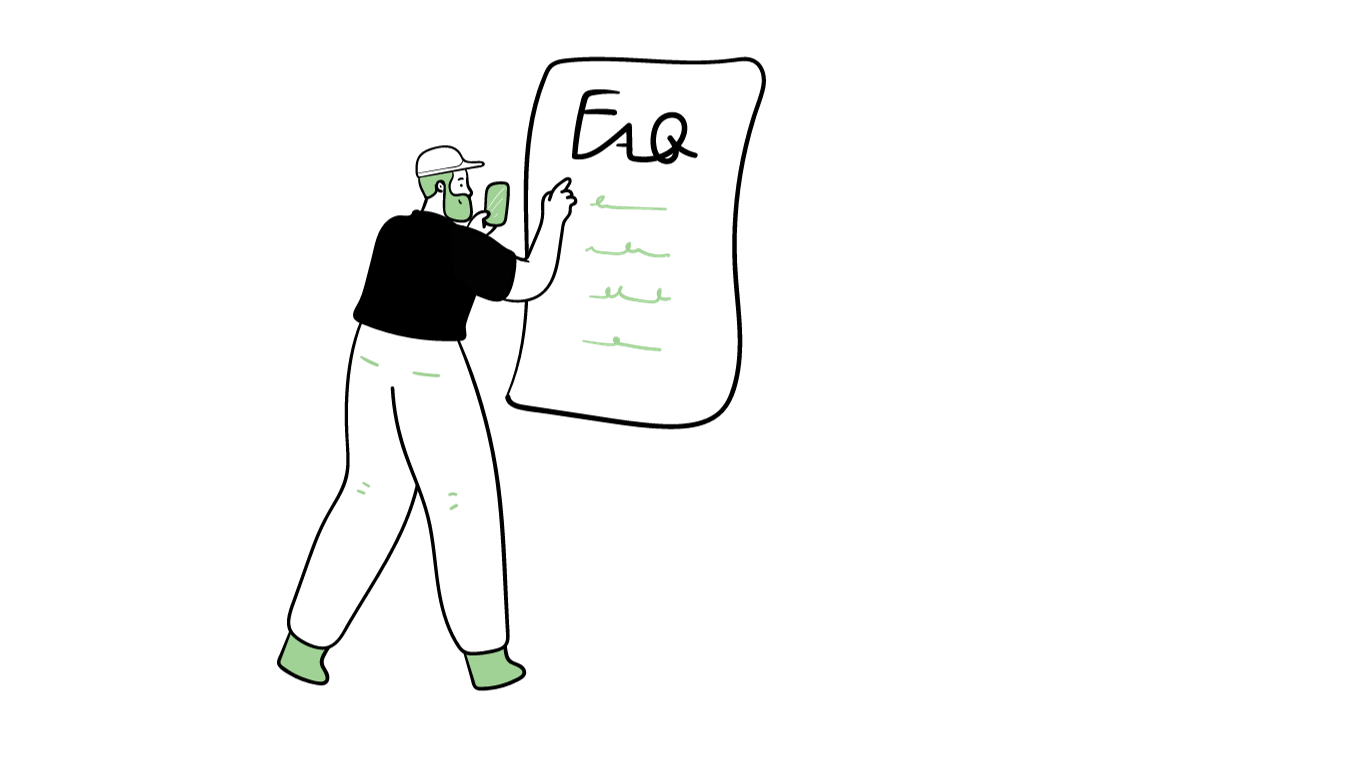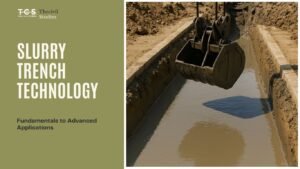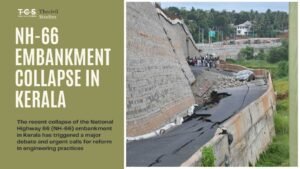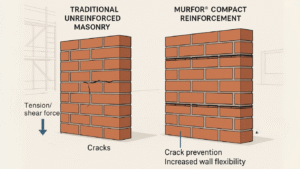IS 456-2000
plain And Reinforced concrete
Materials
The Indian Standard Code of Practise for Plain and Reinforced Concrete (IS 456-2000) is a set of best practises. For the design and building of concrete structures in India, it sets rules and requirements. The code addresses a number of topics, including materials, mix proportioning, reinforcing details, structural design, building methods, and quality control.
The parts of IS 456-2000, which are broken up into several subheadings, each address different concrete construction-related subjects. The following are a few of the major areas that the code addresses:
This section describes the criteria for choosing and evaluating the components used in the manufacture of concrete, such as cement, aggregates, water, and admixtures.
Concrete Mix Design
The Indian Standard Code of Practise for Plain and Reinforced Concrete (IS 456-2000)( you can read a Full Article by clicking here, Durability of Concrete – Is 456-2000) is a set of best practises. For the design and building of concrete structures in India, it sets rules and requirements. The code addresses a number of topics, including materials, mix proportioning, reinforcing details, structural design, building methods, and quality control.
The parts of IS 456-2000, which are broken up into several subheadings, each address different concrete construction-related subjects. The following are a few of the major areas that the code addresses:
Reinforcement
This part addresses the placement and details of reinforcement in concrete constructions. In order to ensure the structural integrity and strength of the reinforced concrete elements, it defines the criteria for reinforcing bars, their spacing, cover, and development length.
Structural Design
IS 456-2000, which covers structural design, outlines the concepts and procedures for designing a variety of concrete structural components, including beams, slabs, columns, and footings. Considerations including loadings, structural safety, and serviceability criteria are taken into account, as are working stress design and limit state design methodologies.
Construction Practises
This part offers guidelines for building concrete structures, covering formwork, putting concrete down, compacting it, curing it, and quality control processes. It highlights the significance of good workmanship and adherence to building codes.
The guidelines and specifications for quality control during the building process are provided in IS 456-2000. To guarantee that the final concrete construction has the necessary quality, it covers topics including material testing, concrete workability, compressive strength, and other tests.
In India’s construction sector, IS 456-2000 is frequently used as a reference. It promotes safety, sturdiness, and sustainability in the built environment by ensuring the homogeneity and dependability of concrete building techniques.
What Happened on May 28? Important Civil Engineering Events from History
1892 – Founding of the Sierra Club Location: San Francisco,...
Read MoreWhy the Golden Gate Bridge Is One of the Greatest Engineering Marvels in History
On May 27, 1937, the world witnessed the opening of...
Read MoreWhat Is Slurry Trench Technology? Uses, Materials, and Engineering Significance
When it comes to building underground structures—like deep basements, tunnels,...
Read MoreNH-66 Embankment Collapse in Kerala – A Deep-Dive into Technical, Environmental, and Systemic Failures
The recent collapse of the National Highway 66 (NH-66) embankment...
Read MoreBuilding Safer Walls – Why Masonry Reinforcement Like Murfor® Compact Is a Game-Changer
Why Masonry Reinforcement Is Critical Today The world is witnessing...
Read MoreNortheast India’s Infrastructure Revolution – Semiconductor Milestone and a Gateway to Growth
Northeast India is no longer the overlooked corner of the...
Read More





